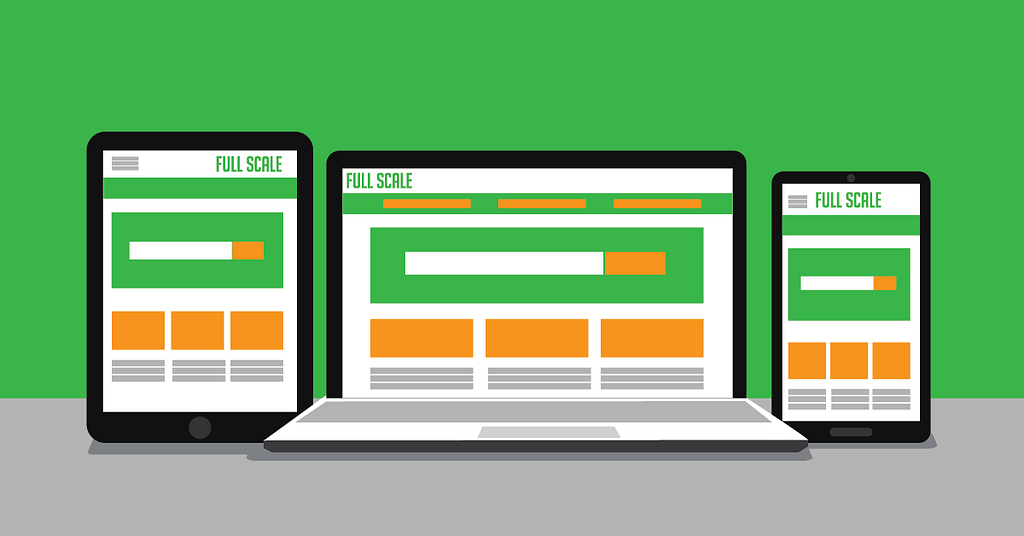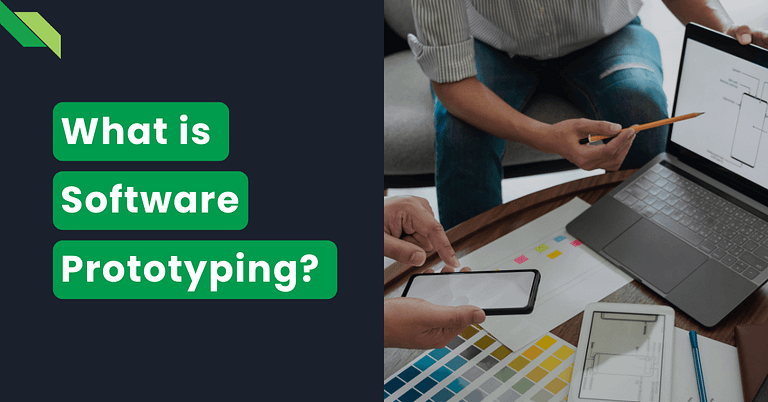Last Updated on 2024-10-16
The word “prototype” may bring to mind science-fiction films or one-of-a-kind vehicles that never make it to car dealerships. But software prototyping is actually a technique that anyone can use when creating a new product.
The purpose of prototyping, whether for a physical product or software, is to take an abstract idea and turn it into something tangible with which stakeholders can interact. In today’s article, you’ll find out why prototyping is essential when building user-friendly software products. The level of sophistication can range from paper drawings and post-it notes to fully interactive simulations of the end product.
In this article, we’ll explore the basics of software prototyping, the benefits, and how to get started.
How to Define Software Prototyping?
Software prototyping is the process of building models or simulations of how a software product will work and look. Basically, the prototype is an incomplete version of the actual software that will be developed. A prototype usually simulates a few functions and may be entirely different from the final product.
In software development, prototyping is beneficial because it allows developers to test, assess, and validate their products with stakeholders and target users. It evaluates whether or not the company’s vision for features and user experience aligns with users’ needs. It’s also a powerful tool to help ensure that developers have a clear understanding of the project requirements long before ever writing a line of code.
Want to learn more? Listen to our founders discuss design and prototyping on the Startup Hustle podcast.
What Is A Software Prototype?
A software prototype is a model or a close replica of the intended final product. It may not hold the same logic as the actual software, but it should be extensive enough to serve as a product demo for users, clients, and other stakeholders.
Depending on the goal, a prototype may simulate the entire application or only one specific function. Think of software prototypes as building models in architectural design.
An architect typically understands what the client wants and designs a blueprint to match those needs. However, that blueprint may not be enough, so the architect constructs a physical scale model or a 3D rendering of the building.
That scale model is an example of a prototype necessary to envision a complex project. It allows clients to preview the design and share their feedback. It’s much easier to change the prototype or scale model than to modify a building months after the finishing touches are done. It also establishes a clear target for what success looks like.
If you’re friendly with a restaurant owner, he or she might let you try a new recipe before adding it to the menu, though it probably won’t be called a “prototype” (not very appetizing).
Software prototypes serve the same basic purpose. They collect feedback so that developers can incorporate changes in the early stages. In doing so, the development team avoids wasting time and money on application updates that they could’ve avoided.
Software Prototyping Process
Here are the basic steps in software prototyping:
1. Identify basic requirements. This step requires the development team to gain a basic understanding of the product requirements. The team determines who will use the product, what they’ll get from it, and what functions to include.
2. Build the initial prototype. The developers start to assemble a model of the finished product in this step. An early prototype may be a draft, drawing, or sketch on a sticky note or whiteboard. Or it could be as intricate as a working model.
3. Evaluate the prototype. Once the software prototype is built, the development team showcases it to stakeholders for trial and review. The developer collects their feedback.
4. Modify the prototype. In the final step, the developer enhances the prototype based on feedback from customers and other beta testers. Steps 3 and 4 are repeated as necessary.

Getting Started with Software Prototyping
Companies develop software prototypes to help them visualize how a product will look and feel. No matter what kind of software product you create, prototyping is key to reducing risks and avoiding costly mistakes. It gives you confidence that you’re investing in the right design and features.
Business owners can also minimize development costs by hiring software testers with prototype inspection skills.
Hire a Software Tester from Full Scale
Once you’ve nailed your prototype, you’re going to need developers and testers to bring it to life! Here at Full Scale, we match high-growth companies with industry-leading software experts.
We have a vast pool of developers with accomplished backgrounds in testing, software development, design, and project management. As one of Inc.’s top 5000 fastest-growing firms, we specialize in hiring and retaining top software developers quickly and affordably. We are here to transform your idea into reality.
Build your dream development team with Full Scale today!

Matt Watson is a serial tech entrepreneur who has started four companies and had a nine-figure exit. He was the founder and CTO of VinSolutions, the #1 CRM software used in today’s automotive industry. He has over twenty years of experience working as a tech CTO and building cutting-edge SaaS solutions.
As the CEO of Full Scale, he has helped over 100 tech companies build their software services and development teams. Full Scale specializes in helping tech companies grow by augmenting their in-house teams with software development talent from the Philippines.
Matt hosts Startup Hustle, a top podcast about entrepreneurship with over 6 million downloads. He has a wealth of knowledge about startups and business from his personal experience and from interviewing hundreds of other entrepreneurs.





